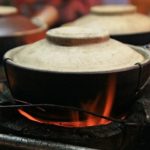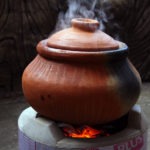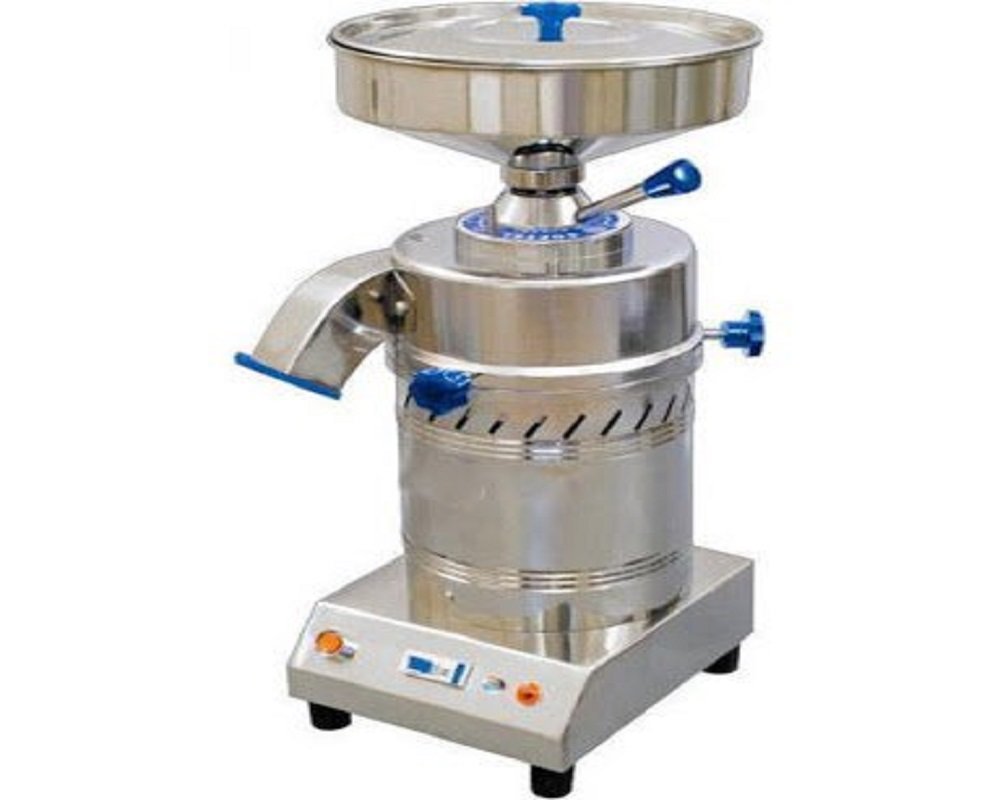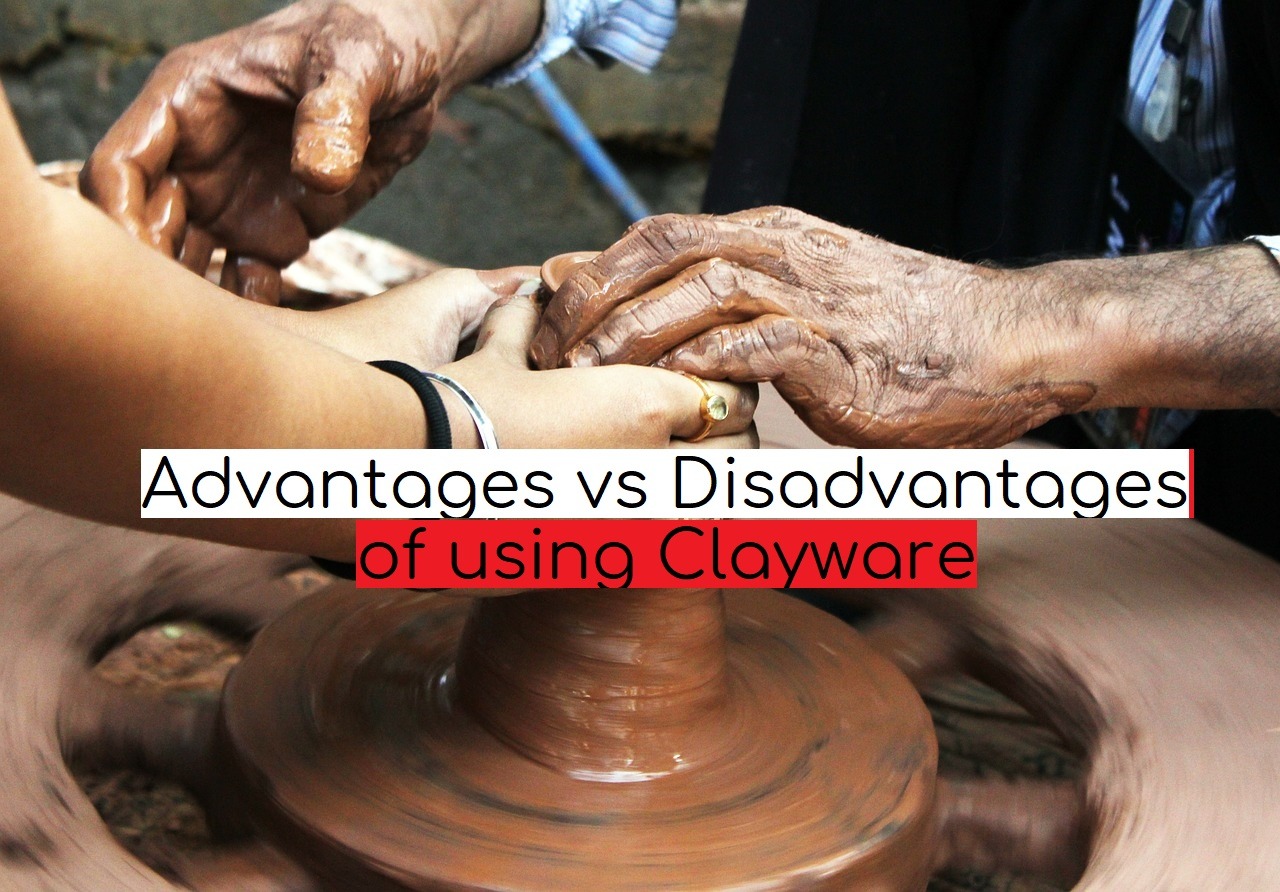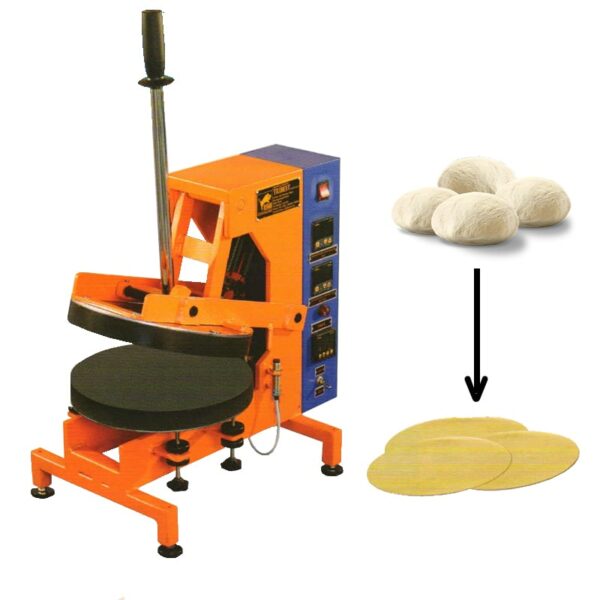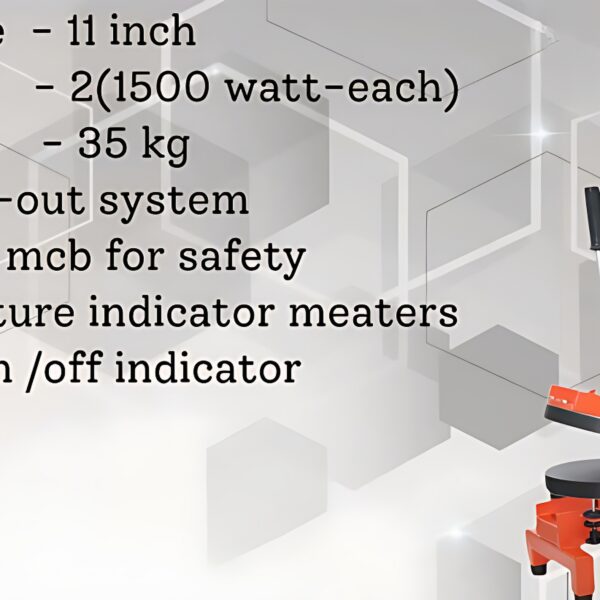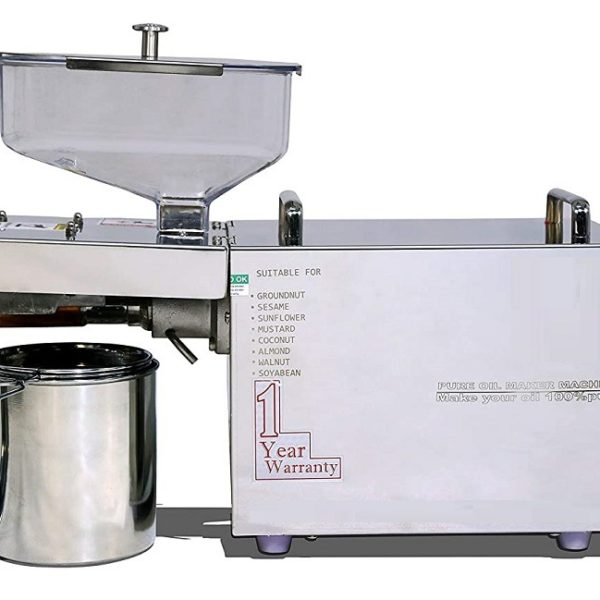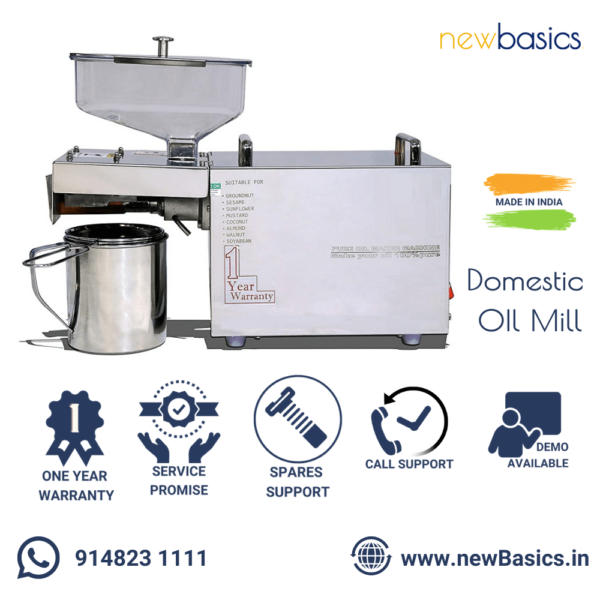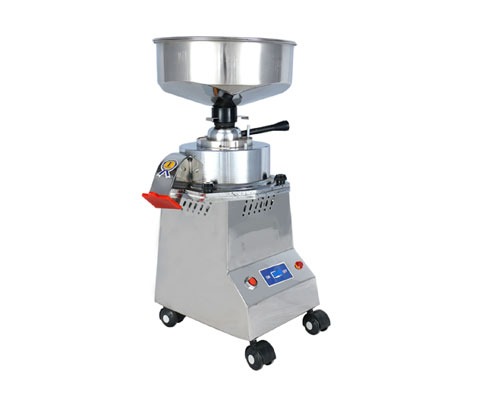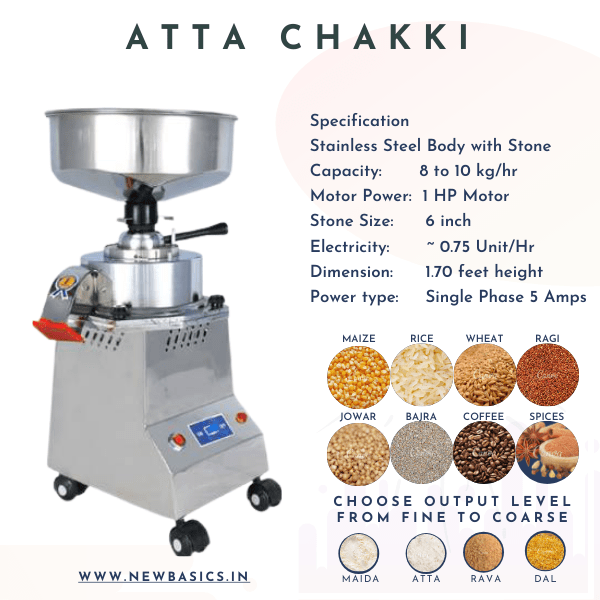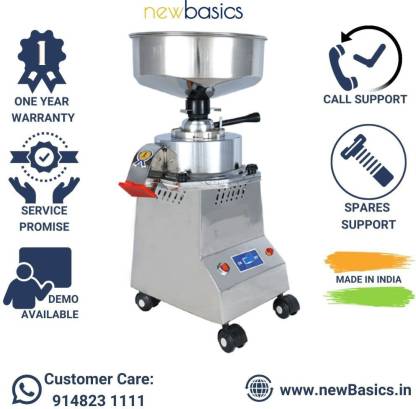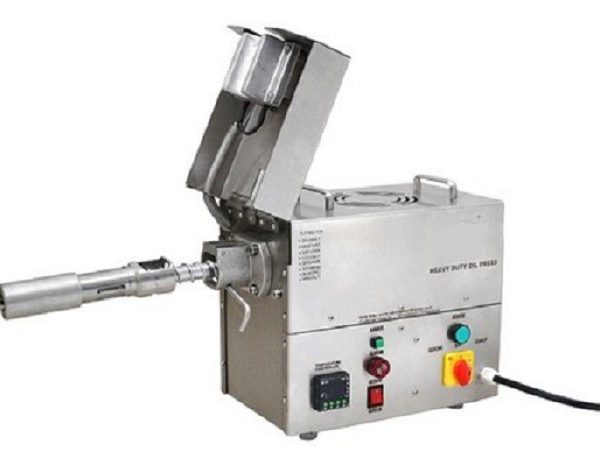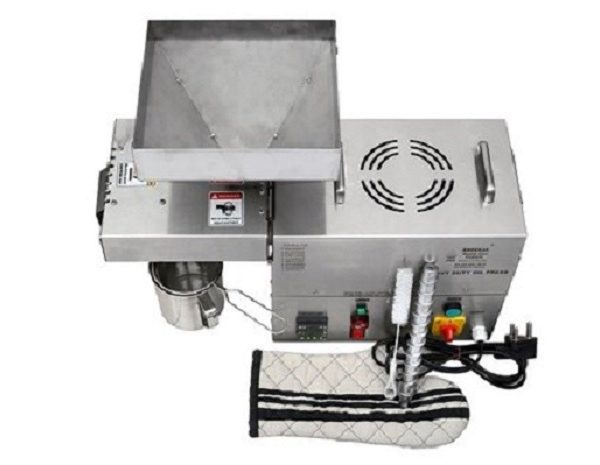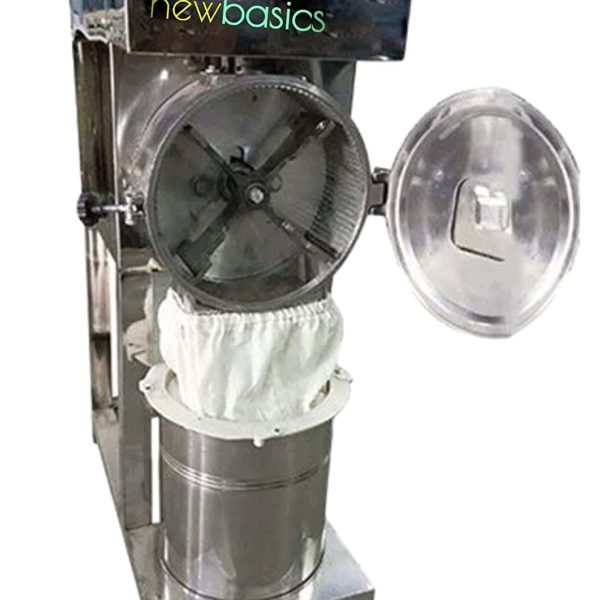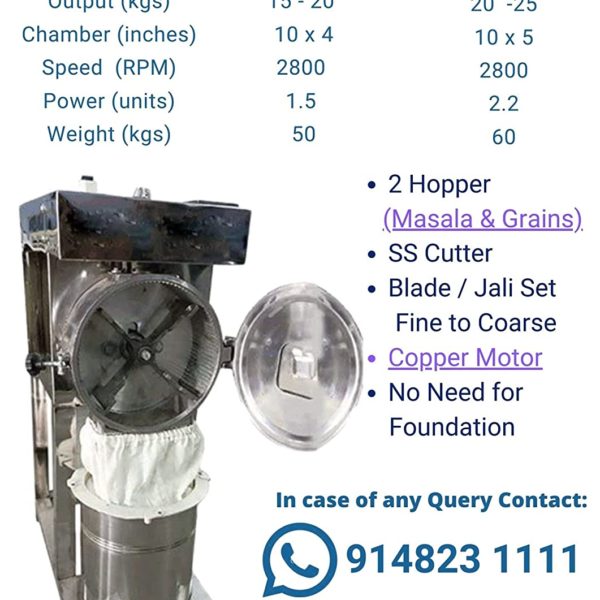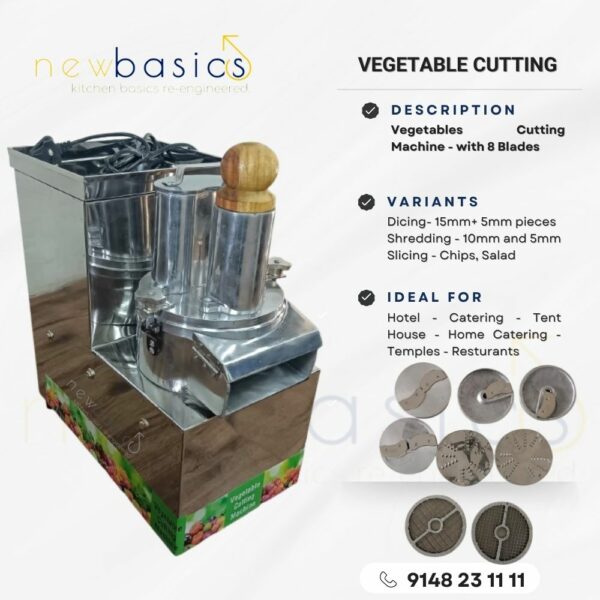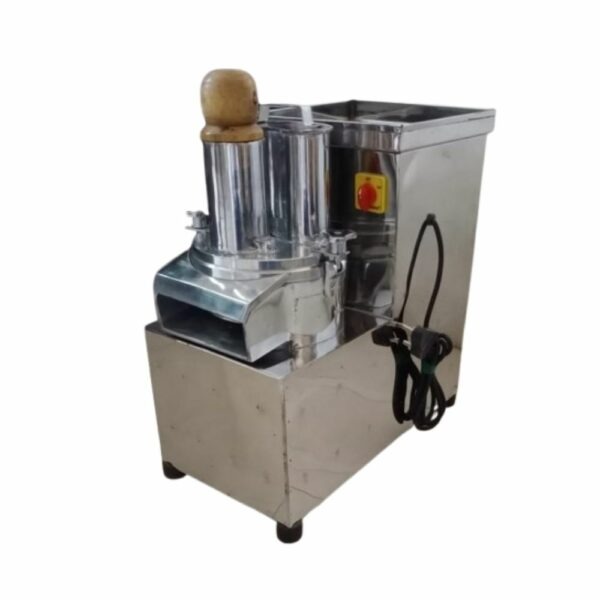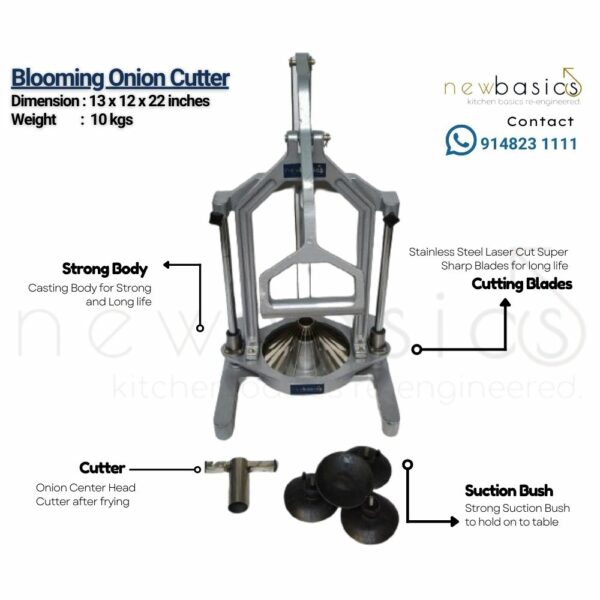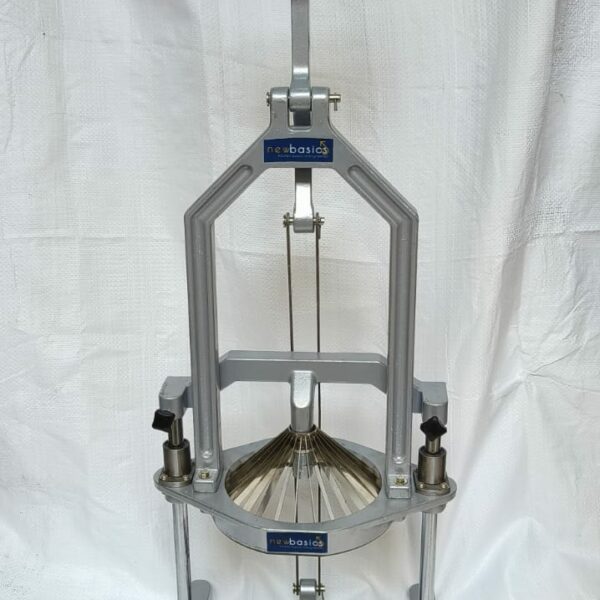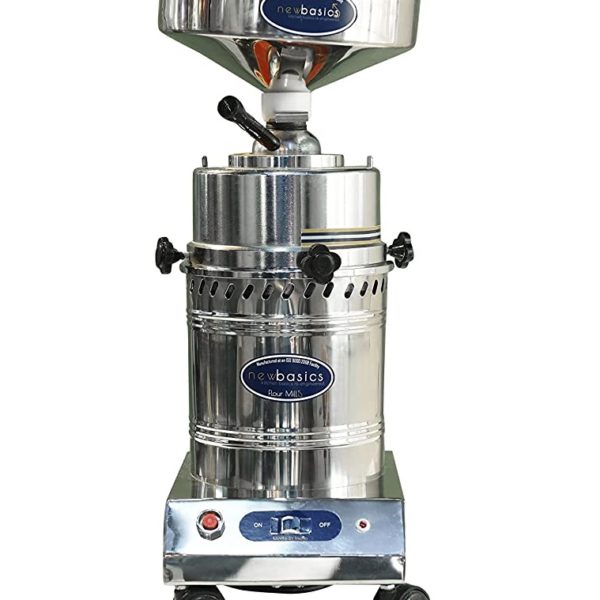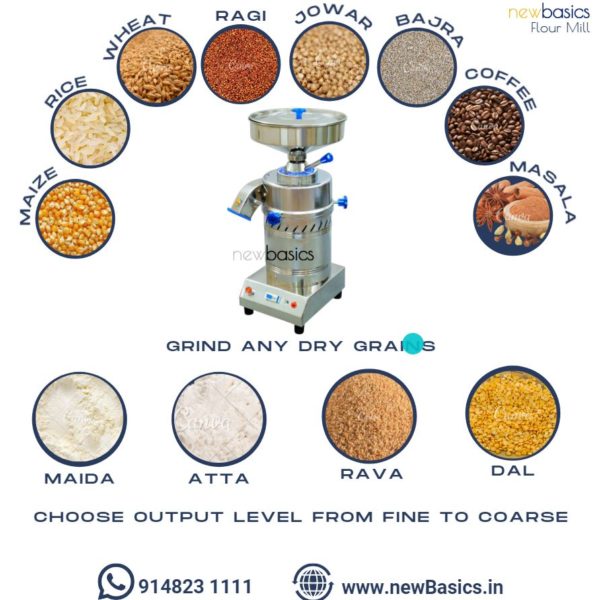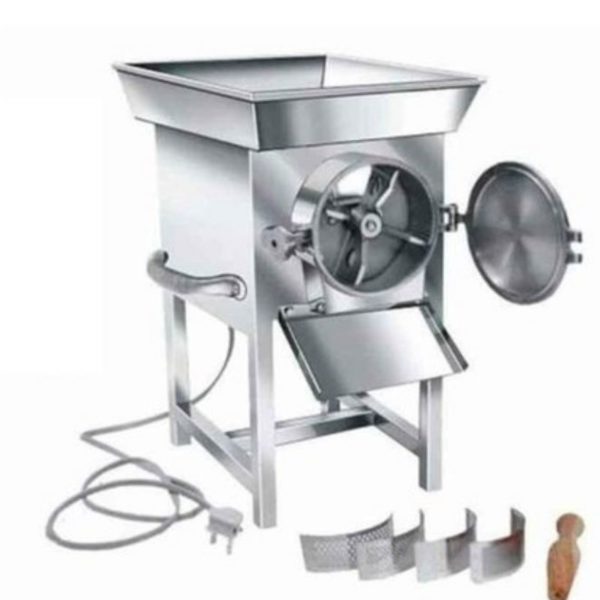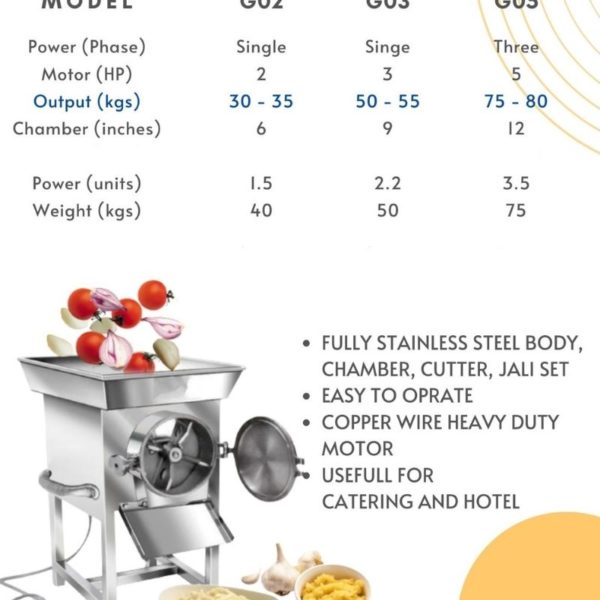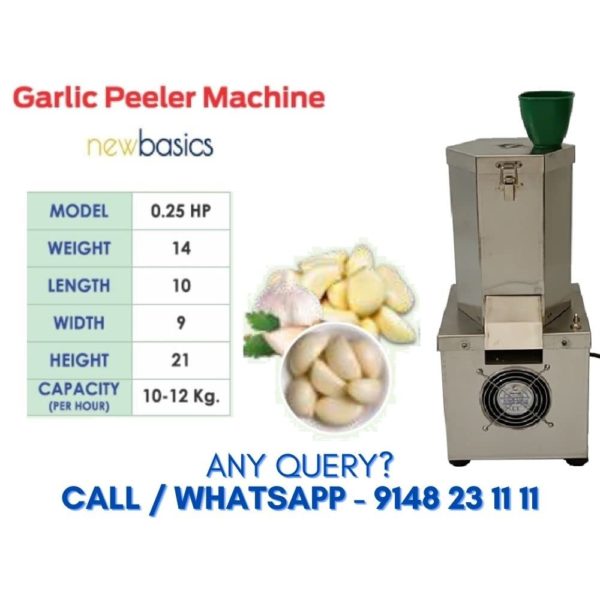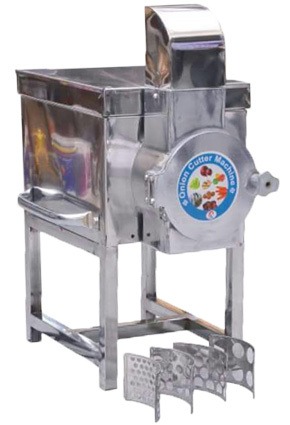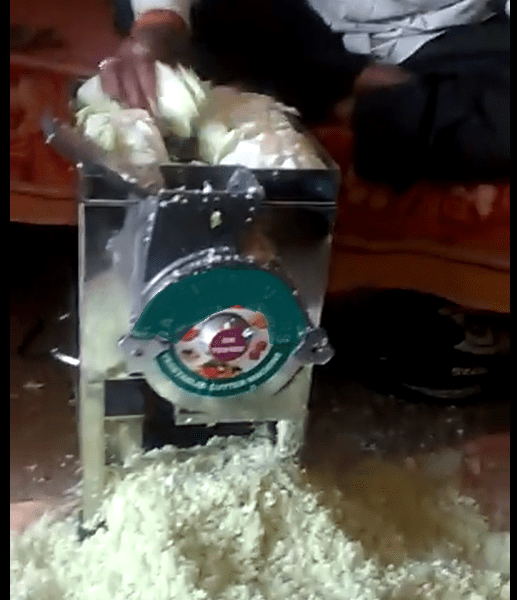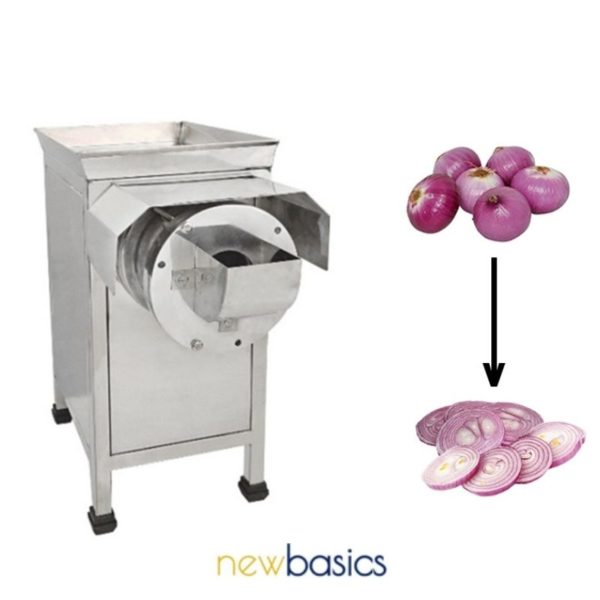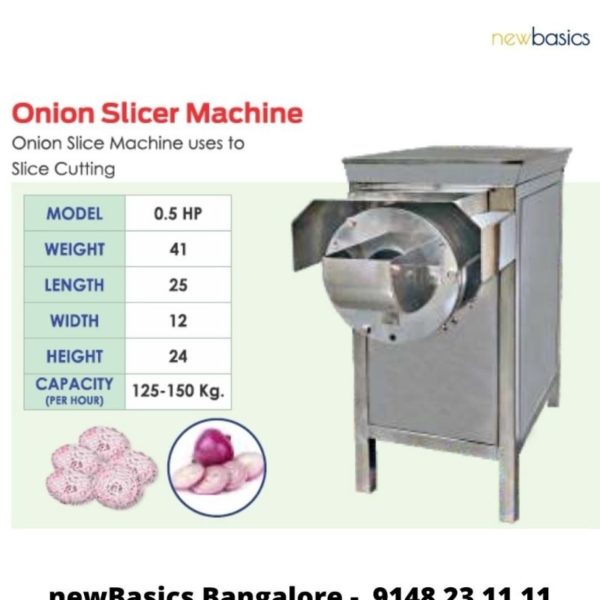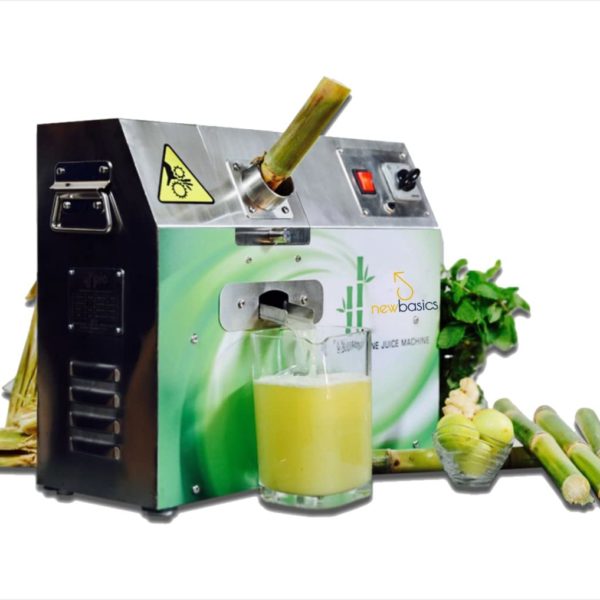Clay is the primary layer of earth and it is available almost everywhere. Many ancient civilizations used it for different household purposes. Clay can be molded into any shape due to its elasticity when combined with water. People often wonder is it safe to cook in clay pots, though it has a long history dating back to ancient civilization.
Advantages of using Clayware
Use of Less Oil: A good property of Earthenware is they are Non-sticky. This helps in lesser usage of oil while cooking in clay pots.
Alkaline in Nature: Clay is alkaline in nature and when food is cooked it neutralizes the PH balance of food and hence acts as a natural detox. Depending upon the location of mud, there are possibilities of Clayware having all vitamins in addition to minerals.
Slow Cooking: Clay cooking vessels are porous in nature. It allows both moisture and heat to circulate easily through them. This helps in even and slow cooking.
Tasty Food: Food cooked in Clay pots is tastes better than any other utensils as moisture content of the food is retained. Food is fresher and tender, a property only unique to clayware cooking.
Retains temperature: Clay retains the atmospheric temperature, hence food cooked or stored in earthenware remains hot or cold for a longer period.
Porous in Nature: Clay pots are porous, which keeps the moisture and heat retained inside, which makes sure food is more evenly cooked.
Durability: If seasoned properly, Earthenware can last for a very long time.
Environment friendly: Clayware is made from Mother Earth and is completely natural, inert, and non-toxic. They are completely Bio-degradable.
Dis-advantages of using Clayware
Handling: Due to its extremely fragile nature and hence has to be handled very carefully unlike usual utensils we are used to.
Seasoning: Earthenware requires seasoning once in a while to last longer. Seasoning can be done by immersing clayware in water for a day and sun-drying and also by applying oil when storing.
Temperature: Clay pots can be a little tricky when it comes to temperature. If the temperature changes too quickly, they can crack. Therefore, when cooking with them, you need to raise the temperature gradually.
Cleaning: As Clay is porous; you shouldn’t clean a clay pot using detergent. The detergent will soak into the clay and end up leaching into the next meal you cook in the pot. Cleaning is to be done with a soft brush or baking soda for harsh dirt.
Fungus and Molds: If Cookware is not attended for a longer period or kept unattended in a non-ventilated area, there are chances of Moulds or Fungus growth. Complete drying of Clayware before storing and avoiding dampness is required for avoiding Fungus growth.

